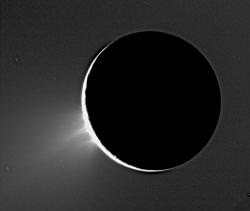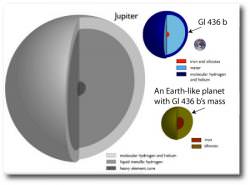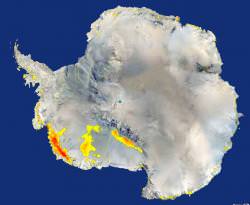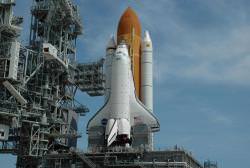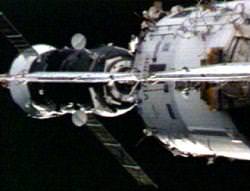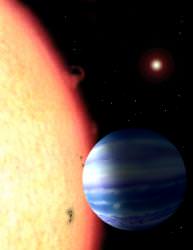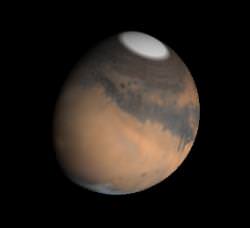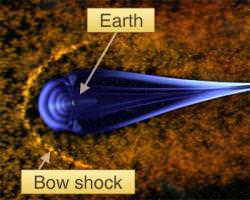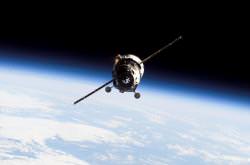Just the way you can rub your hands together on a cold day to warm them up, the process of frictional heating can warm up an object in space. We see this through Jupiter’s interactions with Io, and now, astronomers report, that’s the same process that’s causing geysers of ice to erupt on Saturn’s moon Enceladus.
New research from the University of California, Santa Cruz, proposes that the gravitational interaction between Enceladus and Saturn causes the moon to flex as it orbits. Enceladus’ orbit is eccentric, varying its distance to Saturn, and it’s this eccentricity that creates the flexing. The faults on Enceladus to rub together, producing enough heat to transform solid ice into plumes of water vapour and ice crystals.
The researchers calculated how much heat could be generated by this flexing, and determined that it matches the observations made by NASA’s Cassini spacecraft during its flybys. Cassini detected tiger striped fissures around the Enceladus’ southern pole, and these geysers of water ice.
Another promising prediction is that Enceladus must have an ocean of liquid water beneath the icy shell for this flexing process to work at all. If the moon had a solid rock interior, it wouldn’t flex, and wouldn’t generate the ice geysers. This is good news for astrobiologists, since life on Earth exists wherever there are quantities of liquid water. This ice shell has to be at least 5 km (3 miles) thick, and is probably much thicker.
Original Source: UCSC News Release

